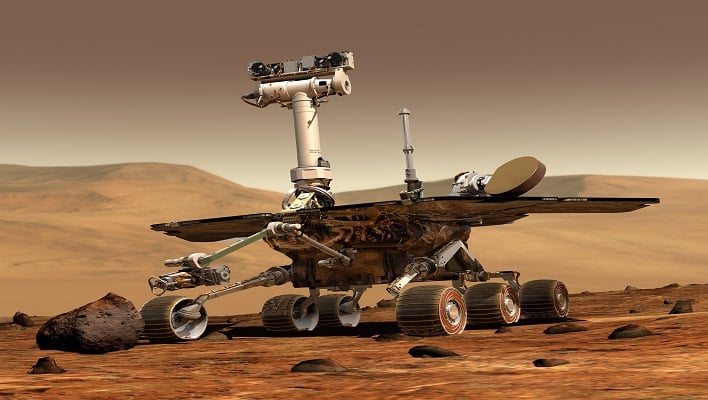
On Tuesday, January 7th, 2025, NASA announced an update to its Mars Sample Return (MSR) Program, created to help scientists understand the Red Planet by bringing home Martian rock samples. The agency is now torn between two plans for bringing the samples back to Earth: recreating a previous rocket method or getting a lander from a commercial company.
NASA announced in April 2024 that its previous MSR plan would be revised due to the high cost and long time involved. Thereafter, the agency collected 11 proposals from various expert groups on the best way to bring the samples to Earth. Then, on Tuesday, NASA finally announced that it had selected two strategic plans.
In explaining the choice to pursue two strategies, NASA Administrator Bill Nelson said, “Pursuing two potential paths forward will ensure that NASA is able to bring these samples back from Mars with significant cost and schedule saving compared to the previous plan.” After carefully examining and comparing the two current plans, NASA plans to select a single, final path. The agency is slated to make its choice in 2026. For now, though, NASA plans to work simultaneously on both strategies.
The first plan is to use the “sky crane method,” which was used for Mars landings in 2012 (Curiosity mission) and 2021 (Perseverance mission). This approach will recreate past missions’ entry, descent, and landing methods. The second plan is to partner with a commercial space company to buy a lander to go to Mars. NASA did not reveal many details about this second plan or the company it intends to partner with.

However, the agency did mention that the sky crane method would cost between $6.6 billion to $7.7 billion while the second plan would cost between $5.8 billion to $7.1 billion. Both cost estimates are cheaper than the previous plan, which was projected to cost $11 billion, making them better alternatives.
With these new plans, Martian rock samples could arrive on Earth by 2031, way earlier than the previous target, 2040. Once the samples are collected using either option, NASA will use a small rocket system to send them into Mars orbit and bring them to Earth using an ESA (European Space Agency) spacecraft.
Bringing in and studying Martian samples is an important step towards understanding the universe. It could help scientists determine whether life once existed on Mars. According to Nicky Fox, the leader of NASA’s Science Mission Directorate, this rock return mission will prepare us to safely send the first human explorers to Mars.